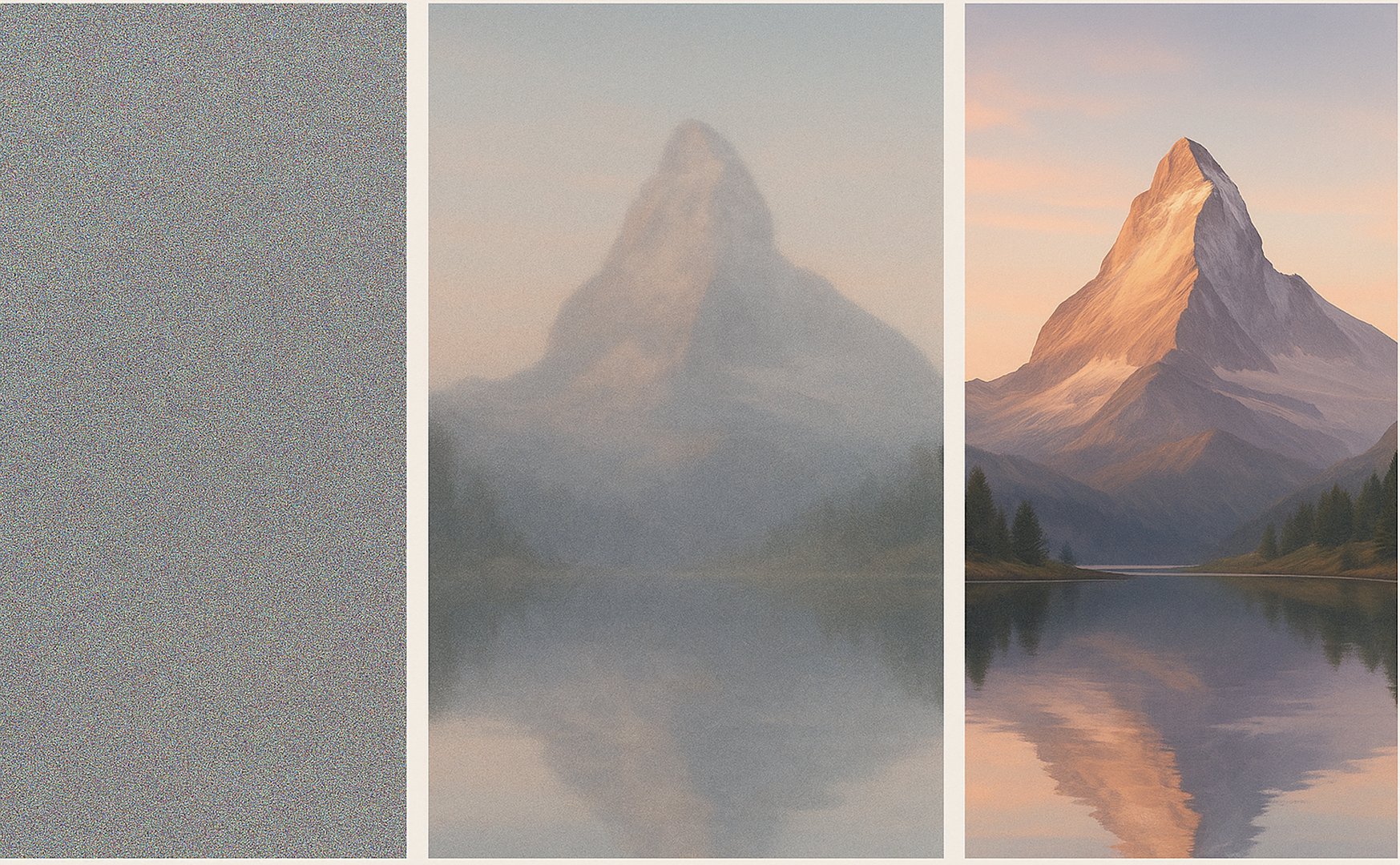Stable Diffusion is an AI model for image generation developed by Stability AI. It belongs to the family of diffusion models, which are based on a step-by-step removal of noise.
The core functions of Stable Diffusion are:
- Text-to-Image Generation
- Image-to-Image Transformation
- Inpainting and Outpainting (Completing existing images)
- Controlled Image Generation (ControlNet)
